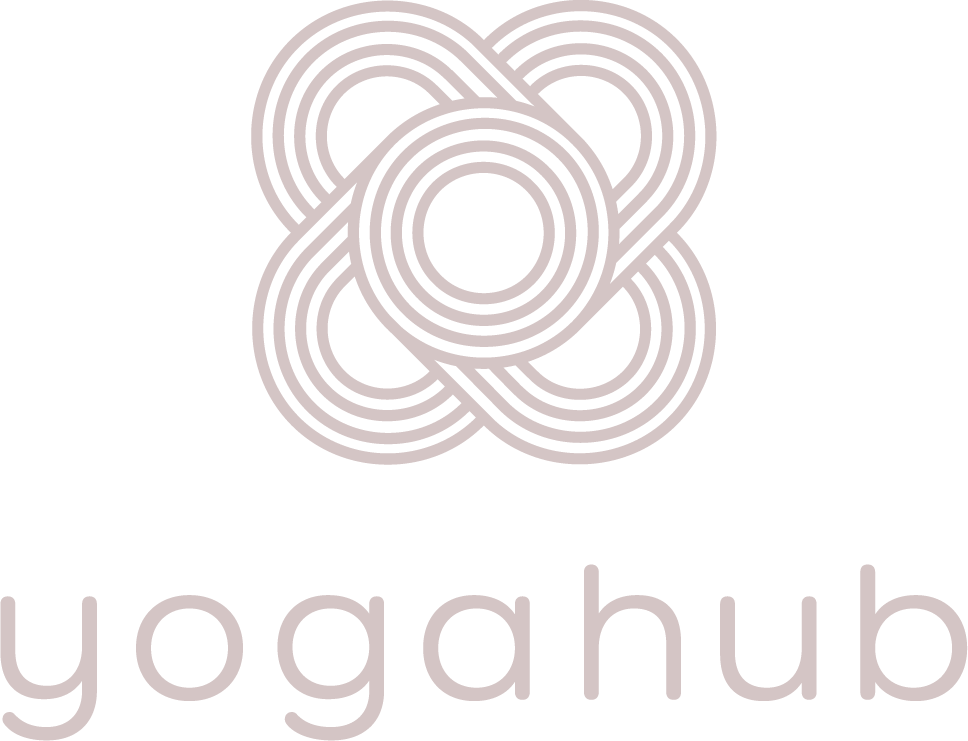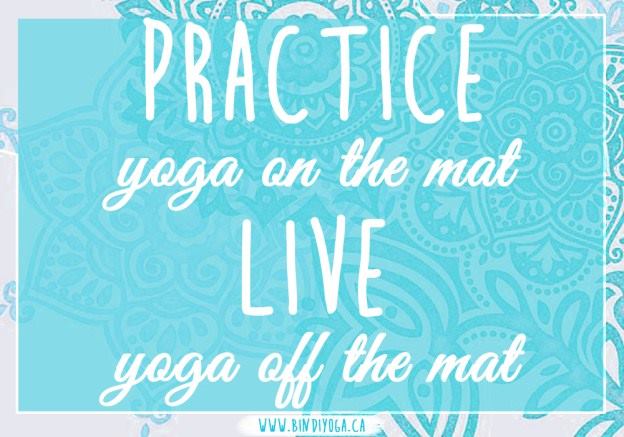Many people keep coming back to yoga is for the physical benefits – you can get a whole lot healthier, fitter and more flexible in yoga. But for many many more, the mental impact of yoga is the best (and sometimes unexpected) benefit of yoga.
If you are working on feeling calmer and happier and want to know how yoga can support you, practice yoga with these things in mind.
- Yoga is a place to explore your breath. The breath is the best connection we have to our central nervous system that is actually under our control. Breathing is an incredible tool for the body and the mind, as it happens unconsciously but can also be consciously changed. This means it is one of the few aspects of our body that we can consciously and deliberately change in the moment. Yoga teaches us how breathing slower and deeper has a direct correlation to how we feel. If you leave yoga classes feeling lighter and calmer, you know what I am talking about. Bring in a slow breathing practice for 5 minutes in the morning. Notice which breathing techniques work for your body, and which ones you find yourself drawn to. Find 5 minutes to bring this into your workday today. Notice the difference.
- Yoga is a place to explore your relationship to challenge. If you find yourself groaning when the teacher introduces a practice for core strength, you might start to notice a resistance to challenge. This is human nature and it’s pretty normal… from an evolutionary point of view, it makes a lot of sense. In caveman terms, taking the easier path means we have more energy for survival, but in a world of convenience that is no longer the case – our brains just don’t know that yet. Challenge is a part of life, no matter who you are. If you can learn to breathe into challenges on your yoga mat, and notice your own responses, you are giving yourself really valuable information about how you unconsciously act in your daily life. Notice when you’re in pigeon or doing some heavy core work next time, how is your breath? Where is your focus? Are you counting down the seconds until this is over, or can you be here now? The more you practice this, the more you will be able to meet challenges with the same calm breathing in your life off the mat.
- Yoga is a place to explore your relationship to fear. You don’t have to be standing on your head to know what I mean here. We all have different learnt patterns around fear – and it tends to be either a fight or flight response. Notice the next time you encounter fear in your practice and really breathe into the fear – then find a way you can comfort yourself in that moment in order to feel safe again. Notice which postures bring up fear – what can you do to safely explore that posture, in your own time and in your own terms? Instead of pushing against it (fight) or completely avoiding it (flight) just notice the emotion of fear, and get curious about it, and how you can approach it in a way that feels safe and supported. Then bring this off your mat – notice the next time you feel fear creep up in your life – that little nagging anxiety over a work deadline, or maybe you’re dreading a social event – whatever it may be, bring the same approach. Get curious and then find a way you can approach the fear that feels supported and safe. And keep breathing consciously.
There are so many subtle ways that yoga helps in day to day life – the more you notice, the more you are able to approach life situations with awareness and consciousness. Just like your breathing, you can live on auto-pilot where the same patterns will continue to arise or you can live in a conscious way where you can choose how to respond to life. If you have any little gems to share about bringing yoga off the mat, please share them so we can all benefit!



